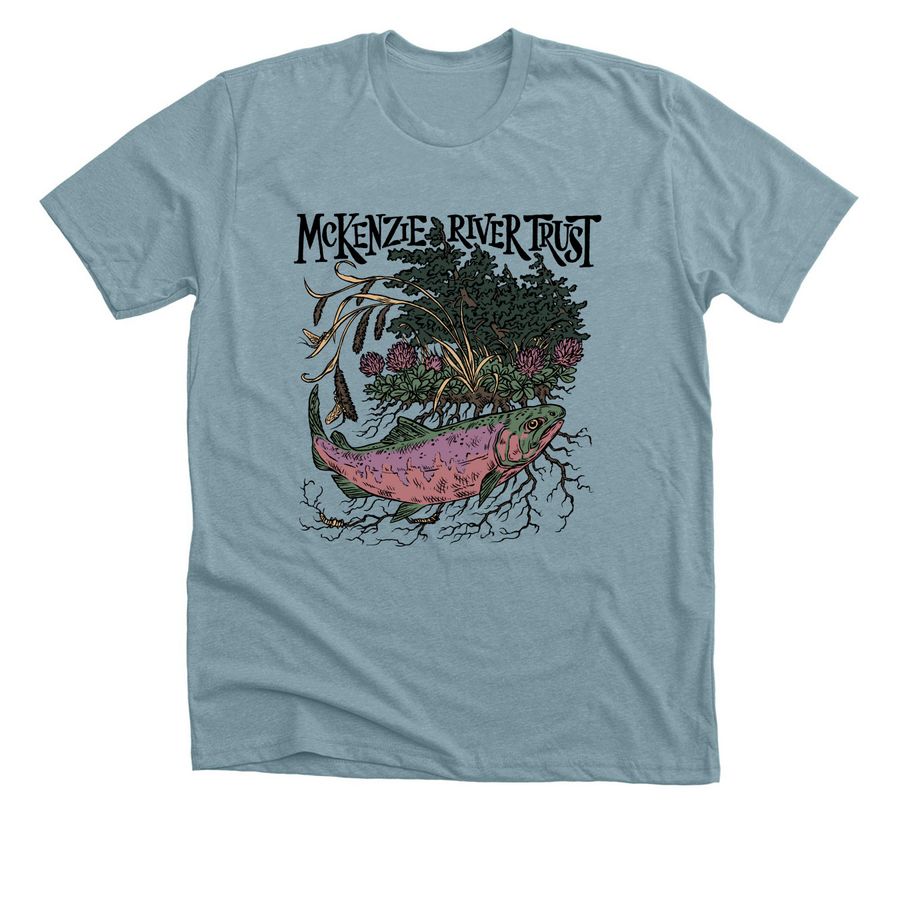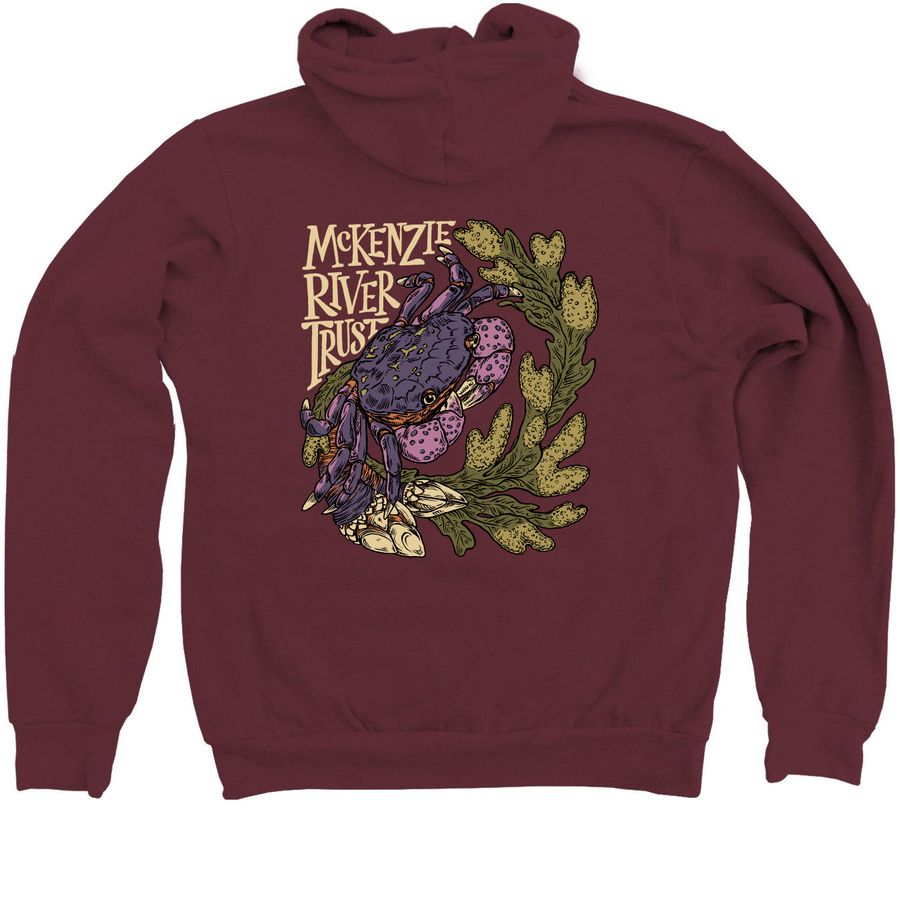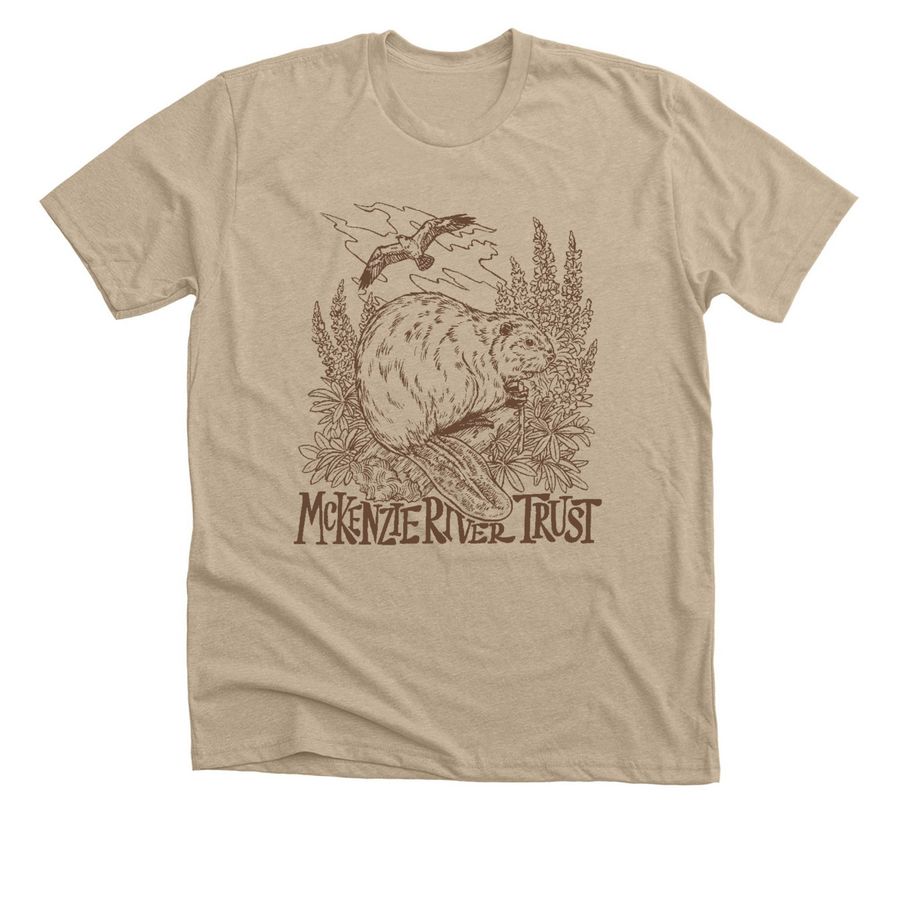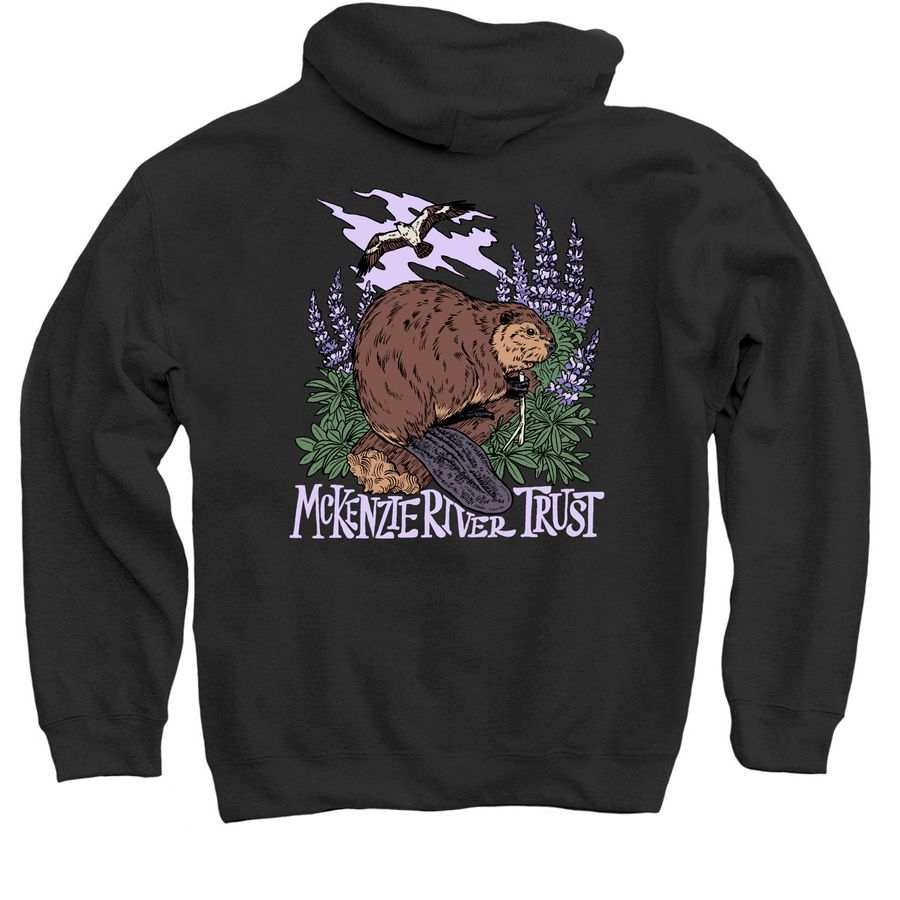Springfield Oxbow
Owned Property
McKenzie River Trust purchased Springfield Oxbow in 2009 for fish and wildlife conservation.
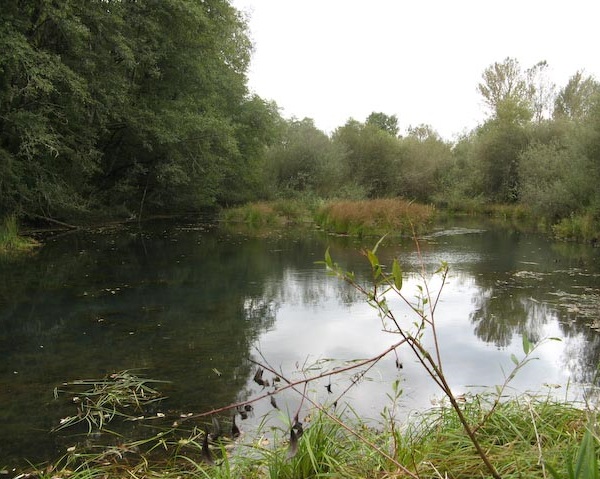
Meet Springfield Oxbow
Springfield Oxbow is a McKenzie River Trust-owned floodplain property, located on the lower McKenzie River just outside of the City of Springfield. Composed of 19 acres of abandoned sloughs and river channels, a gravel bar, and seasonally inundated riparian woodland and shrub habitat; it contains important river floodplain habitat that is rapidly disappearing in the lower McKenzie watershed.
Protected to allow the river unfettered movement in the floodplain and encourage natural hydrological processes across the land, Springfield Oxbow is a place where the McKenzie River has an opportunity to dance across the land.
The Living River in Your Backyard
Springfield Oxbow is an incredible example of floodplain protection in the urban area. Located just outside of Springfield, OR, this conservation property showcases the importance of allowing rivers to move for watershed health.
The area is dynamic. Along the edge of the river, a gravel bar is building, providing important nesting areas for birds including Killdeer. The accumulation of gravel also allows the river to change its footprint in the floodplain, often becoming more braided with backwaters and sloughs. These areas provide critical habitat for juvenile fish who rely on the cold waters of the McKenzie for survival.
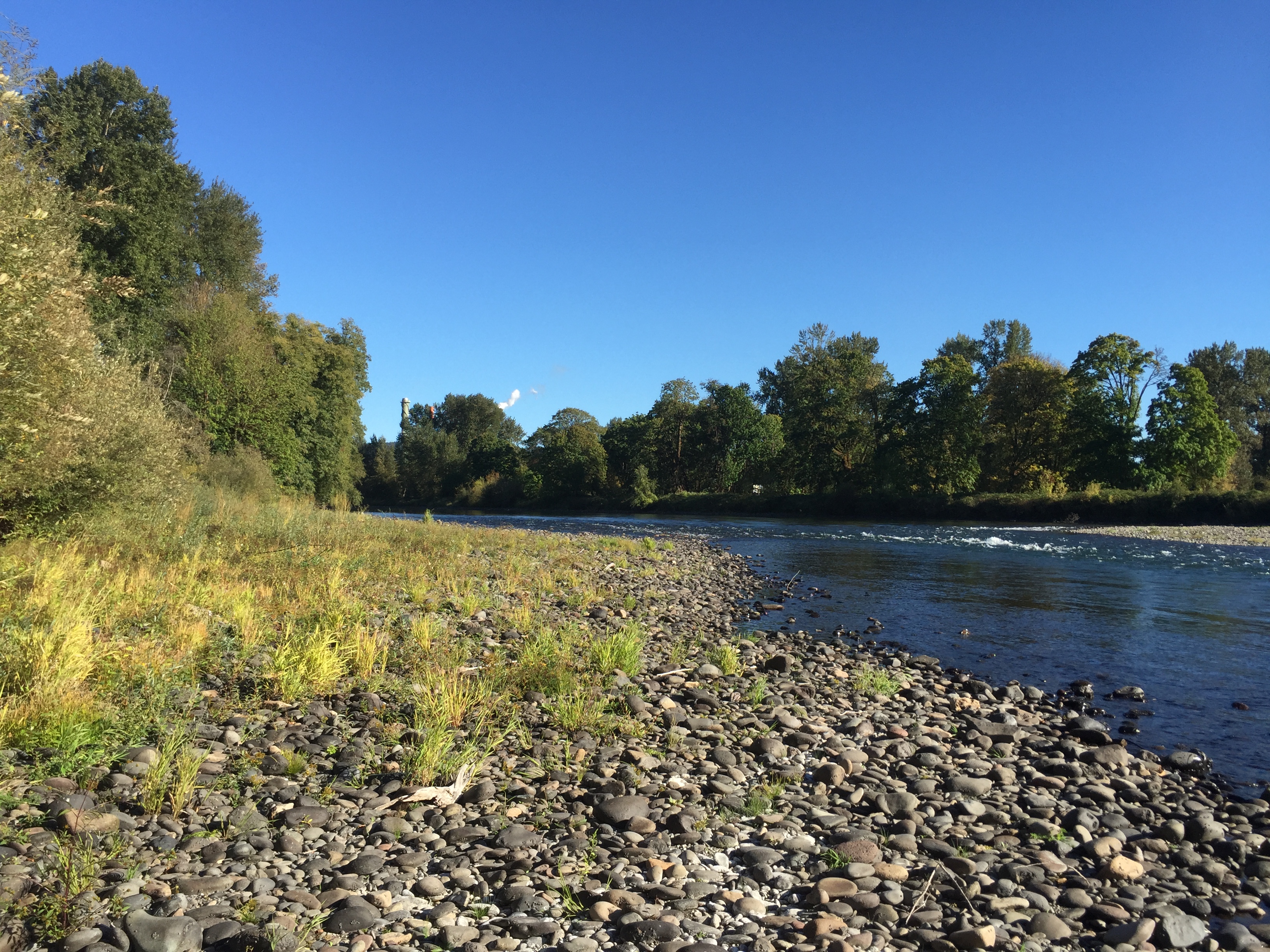
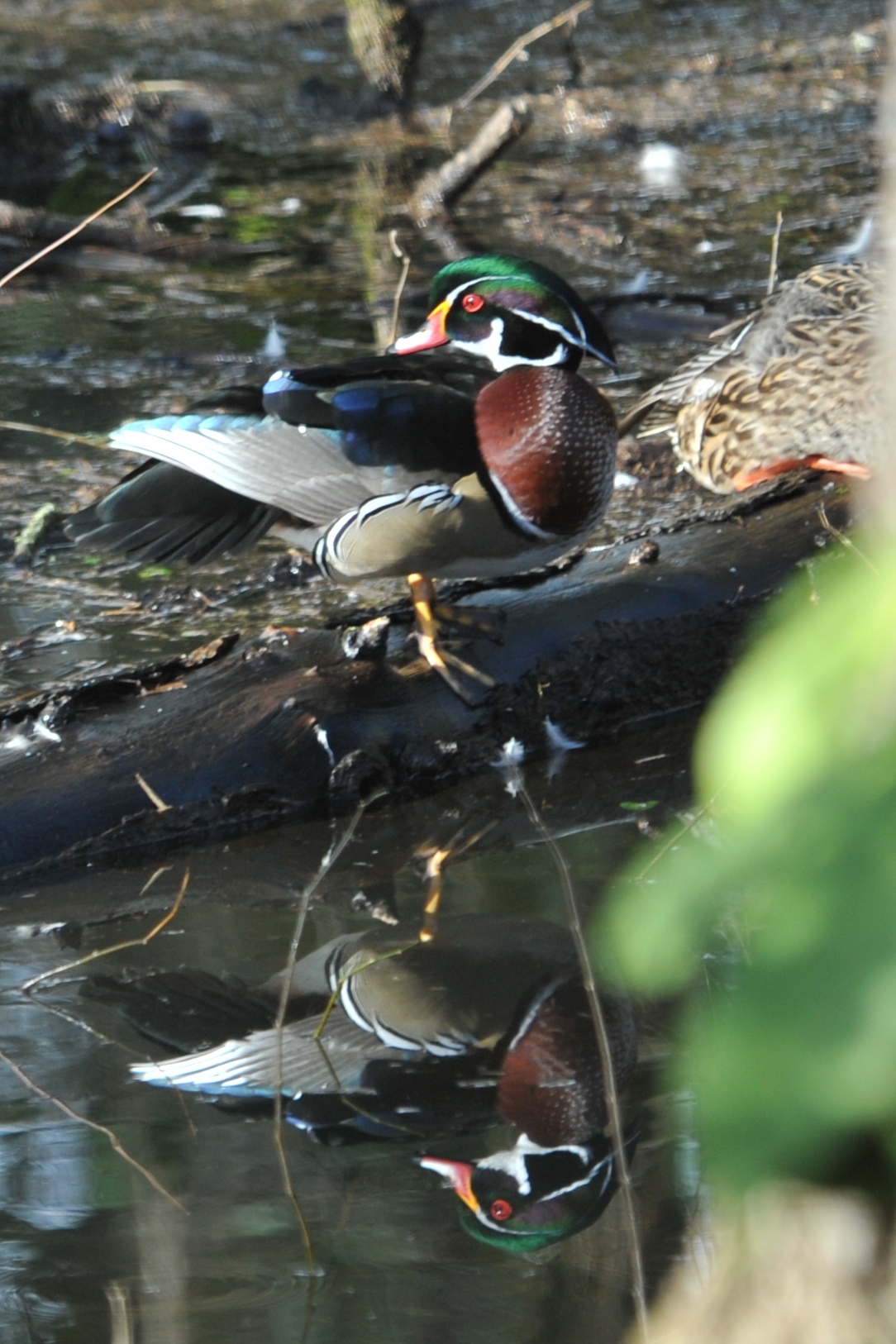
Photo courtesy of Gary Hiliski
Oxbow Wildlife
This conservation property contains off-channel riverine wetlands and riparian forests. Bordered by a shallow, seasonally inundated side channel on the eastern edge, and a network of backwater sloughs, beaver ponds, and the gravel bar, this area provides essential habitats for forage. Animals on the property include Spring Chinook salmon, steelhead, and other resident trout species. Backwater habitat on the McKenzie River is also essential for the wintering and breeding cycles of many migratory and resident water birds and songbirds. Red-legged frogs, western pond turtles, and other herptiles rely on this habitat and the inland sloughs as well as the adjacent open and forested areas for their breeding, forage, and overwintering needs.

